As society continues to evolve, so do the lifestyle trends that shape how people live, work, and interact. While some trends emerge from practicality or necessity, others are fueled by social media, technology, and a desire for unique experiences. In 2025, several unusual lifestyle choices are gaining traction, leaving some people intrigued and others baffled. From bizarre health practices to unconventional living arrangements, here are 11 strange lifestyle trends that are becoming increasingly popular.
1. Cold Pods Before Sleep
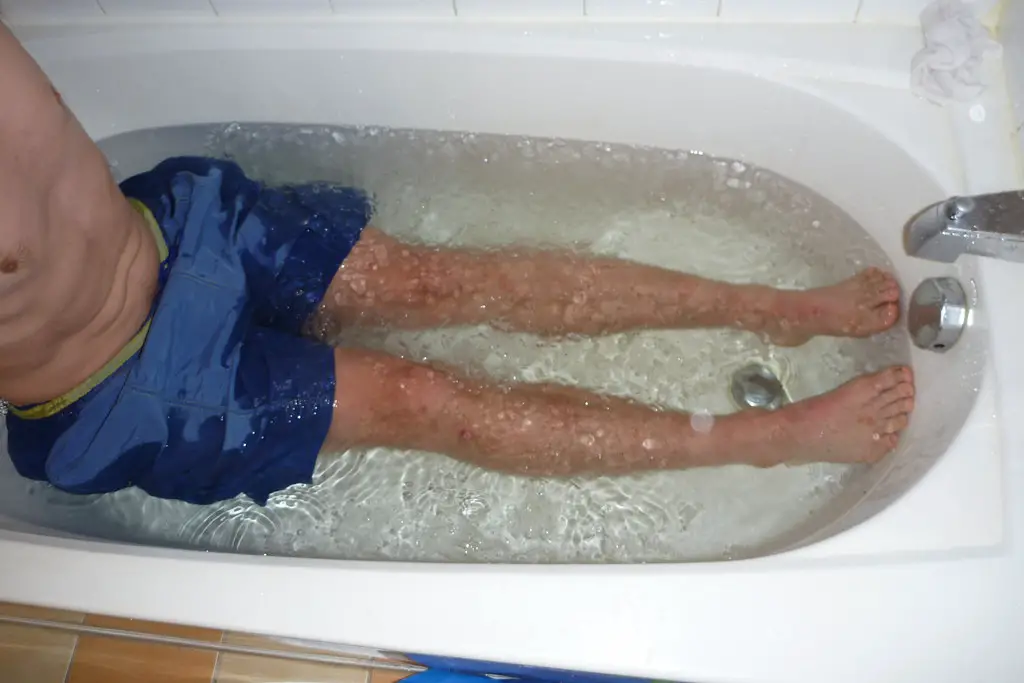
The pursuit of better sleep has led to an unusual new trend—cold baths. These are designed to create a near-freezing environment, which some claim enhances deep sleep and muscle recovery. Inspired by cryotherapy and biohacking, proponents believe that ultra-cold temperatures help the body regulate melatonin levels and promote overall well-being.
However, skeptics argue that extreme cold could be more harmful than beneficial, leading to increased risks of illness or discomfort. The high cost of installing these pods, combined with ongoing energy consumption, makes them an impractical option for many. Still, with influencers and athletes endorsing the trend, cold pods are quickly gaining a following among those seeking cutting-edge sleep solutions.
2. Silent Social Gatherings

As more people struggle with social anxiety and overstimulation, silent social gatherings have become an unexpected trend. These events encourage attendees to interact without speaking, relying instead on gestures, writing, or even body language. Some gatherings take it a step further by banning digital communication, creating an environment of pure, quiet connection.
Advocates argue that these silent events foster mindfulness and deeper human interaction, allowing participants to break free from the pressure of small talk. Critics, however, find the concept awkward and impractical, questioning whether silence truly enhances social bonding. Regardless, silent social gatherings are popping up in cities worldwide as people explore alternative ways to connect.
3. Renting Fake Family Members

With loneliness becoming an increasing concern, some individuals are turning to rented relationships—literally. A growing industry now offers services where people can hire fake family members, friends, or even romantic partners for events, holidays, or just companionship. The trend has been particularly popular in countries where societal expectations place pressure on individuals to appear socially fulfilled.
Supporters argue that the service provides comfort for those who struggle with isolation or need a stand-in companion for social events. However, critics see it as a symptom of deeper societal disconnection, where genuine relationships are being replaced with transactional interactions. While controversial, the demand for these services continues to grow.
4. Breatharianism 2.0
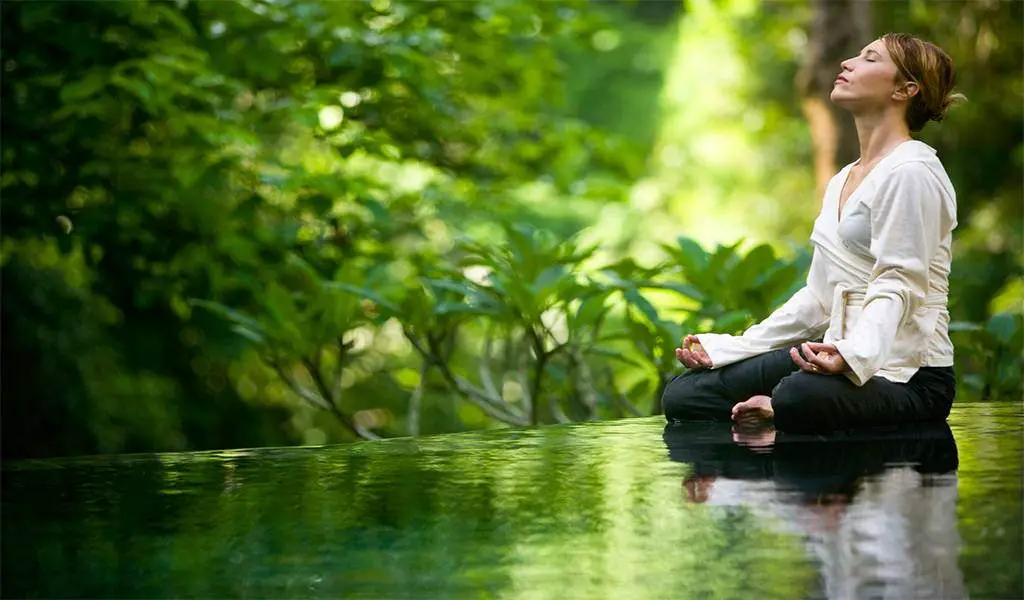
Breatharianism, the belief that humans can survive on minimal or no food by absorbing energy from the air, is making a comeback in 2025—with a modern twist. This time, followers claim that advanced meditation techniques and specific breathing exercises can significantly reduce the need for food. Some influencers promote extreme fasting, while others push for minimalistic eating patterns that border on nutritional neglect.
Health experts warn that the trend is dangerous, potentially leading to malnutrition and severe health consequences. Despite medical concerns, the movement is gaining traction among wellness enthusiasts who seek to break free from traditional eating habits. Whether it’s a spiritual pursuit or a misguided health experiment, Breatharianism 2.0 is sparking heated debates.
5. Living in Converted Retail Stores
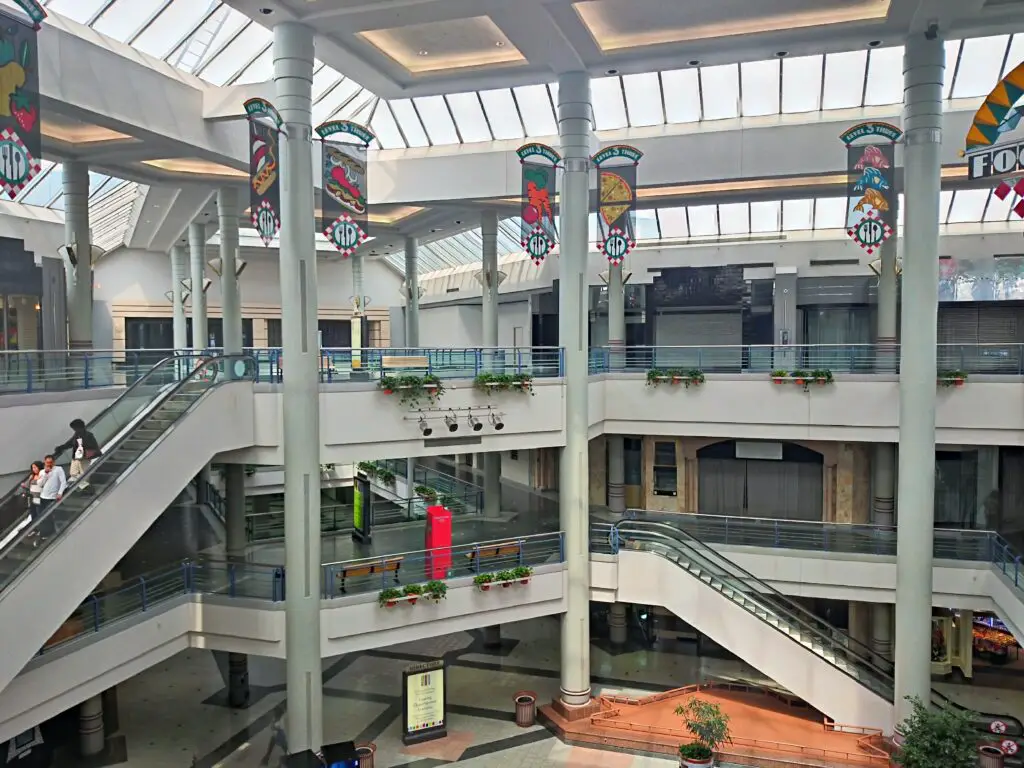
As brick-and-mortar stores continue to struggle, some have found an unconventional use for empty retail spaces—turning them into homes. Abandoned malls, big-box stores, and even old gas stations are being repurposed as unique living spaces. The appeal lies in the affordability and large open floor plans, allowing for creative interior designs.
While some embrace the industrial-chic aesthetic, others worry about zoning laws and the practicality of transforming commercial spaces into livable homes. The trend has been particularly popular among younger generations seeking alternative housing solutions in expensive urban areas. As housing shortages persist, converted retail homes may continue to rise in popularity.
6. AI-Generated Daily Routines

Artificial intelligence is now playing a role in daily life planning, with people relying on AI-generated schedules for everything from meal planning to personal interactions. Apps use algorithms to dictate when users should wake up, exercise, work, and even socialize, based on their goals and efficiency levels.
Advocates claim that AI optimization leads to increased productivity and improved mental clarity, as decisions are made with data-driven precision. However, critics argue that outsourcing personal choices to an AI removes spontaneity and personal agency. As AI continues to integrate into daily life, the debate over its role in human decision-making is only beginning.
7. Extreme Minimalist Diets

In the quest for simplicity, some individuals are adopting extreme minimalist diets, limiting themselves to just a handful of foods. The idea is that consuming only basic, nutrient-dense foods—such as rice, lentils, or potatoes—eliminates decision fatigue and makes meal preparation effortless. Some go even further by eating the same meal every day to avoid food-related stress.
While these diets can reduce grocery costs and make eating more efficient, nutritionists warn that they can lead to deficiencies and long-term health risks. Despite this, extreme minimalist eating continues to attract followers who prioritize simplicity over variety.
8. Digital Detox Retreats in Complete Isolation
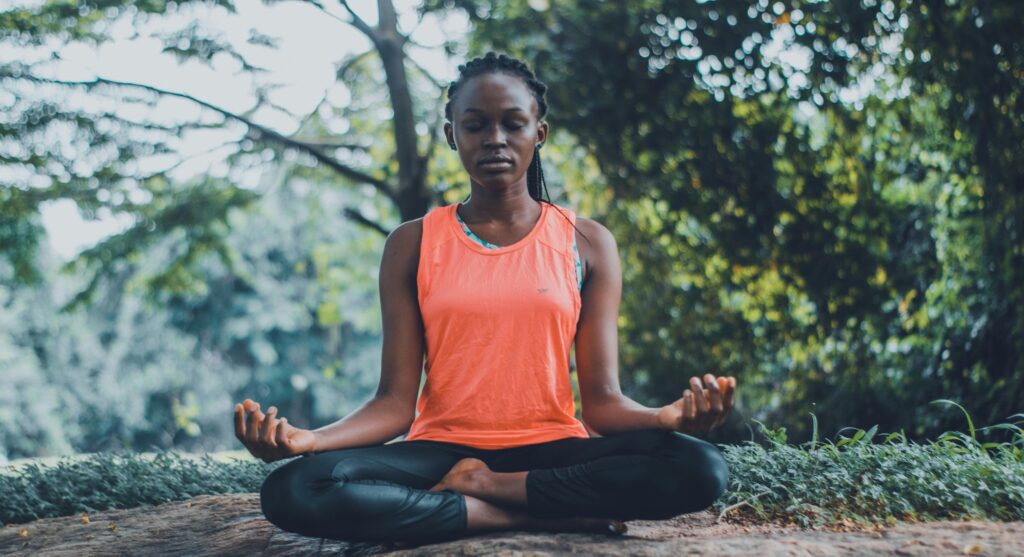
As screen addiction reaches new heights, some are taking drastic measures by attending digital detox retreats in total isolation. These retreats strip away all modern technology, including phones, internet, and even electricity, forcing participants to disconnect completely.
While some find the experience life-changing, others struggle with the sudden loss of digital connection. Critics argue that such an extreme approach isn’t sustainable in daily life, making it more of a temporary escape than a lasting solution. Nonetheless, the demand for tech-free retreats continues to grow as people seek relief from digital burnout.
9. Owning No Physical Possessions
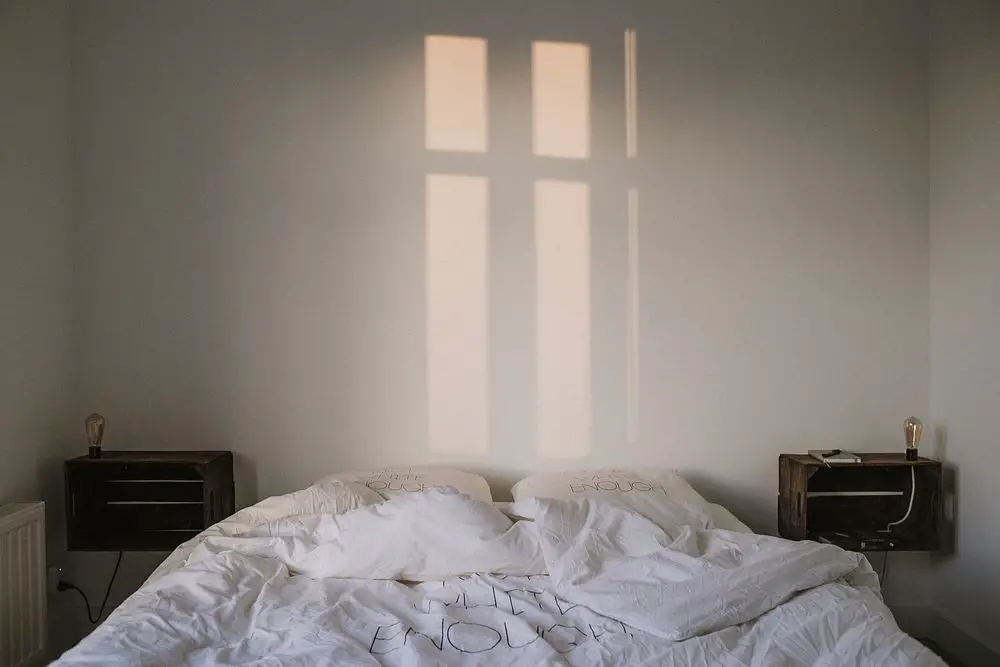
A step beyond minimalism, some individuals are now embracing a lifestyle where they own virtually nothing. This means no furniture, no personal belongings, and in some cases, even no permanent home. Instead, they rely on rentals, subscriptions, and shared resources for everything from clothing to transportation.
Advocates see it as the ultimate freedom, breaking away from consumerism and unnecessary clutter. Critics, however, argue that it’s an unrealistic and unsustainable way to live, dependent on constant access to rental services. Still, for some, the appeal of complete detachment from material goods is undeniable.
10. Raising “Free-Range” Children

Taking a step back from traditional parenting, some families are now raising “free-range” children—giving them complete autonomy over their schedules, education, and even where they live. Inspired by alternative education movements, free-range parenting allows kids to make their own choices, with minimal adult interference.
While some believe this fosters independence and resilience, others see it as neglectful. Critics worry that a lack of structure could hinder children’s development, leaving them unprepared for adulthood. Regardless, the trend continues to gain traction among parents seeking unconventional ways to raise their kids.
11. Paying to Attend Fake Offices
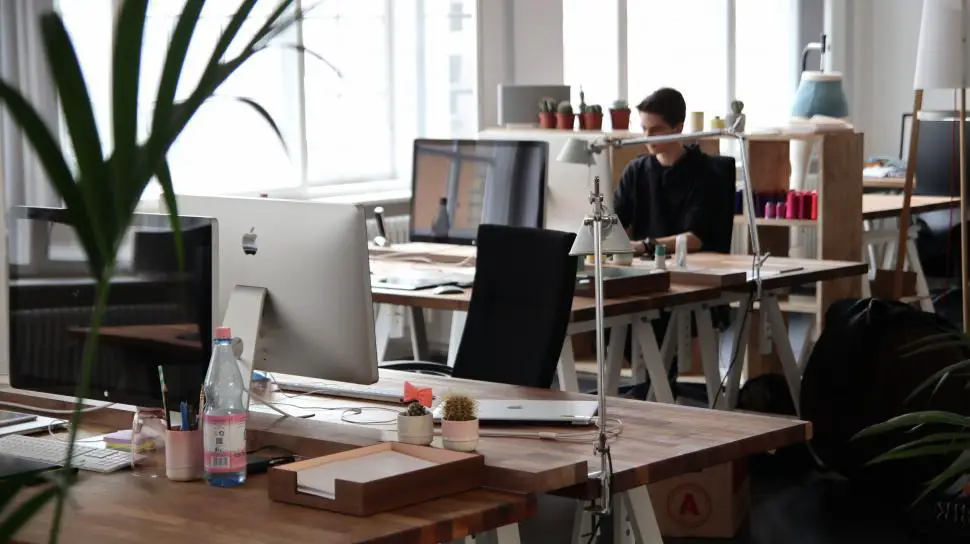
With remote work becoming the norm, some workers are paying for access to “fake offices”—spaces designed to replicate a traditional office environment, complete with desks, break rooms, and even scheduled lunch breaks. The idea is that mimicking an office setting helps maintain productivity and work-life balance.
While some find comfort in structured environments, others view it as an unnecessary expense when remote work allows for flexibility. Despite the debate, these fake offices are growing in popularity among professionals who miss the structure of traditional workplaces.
